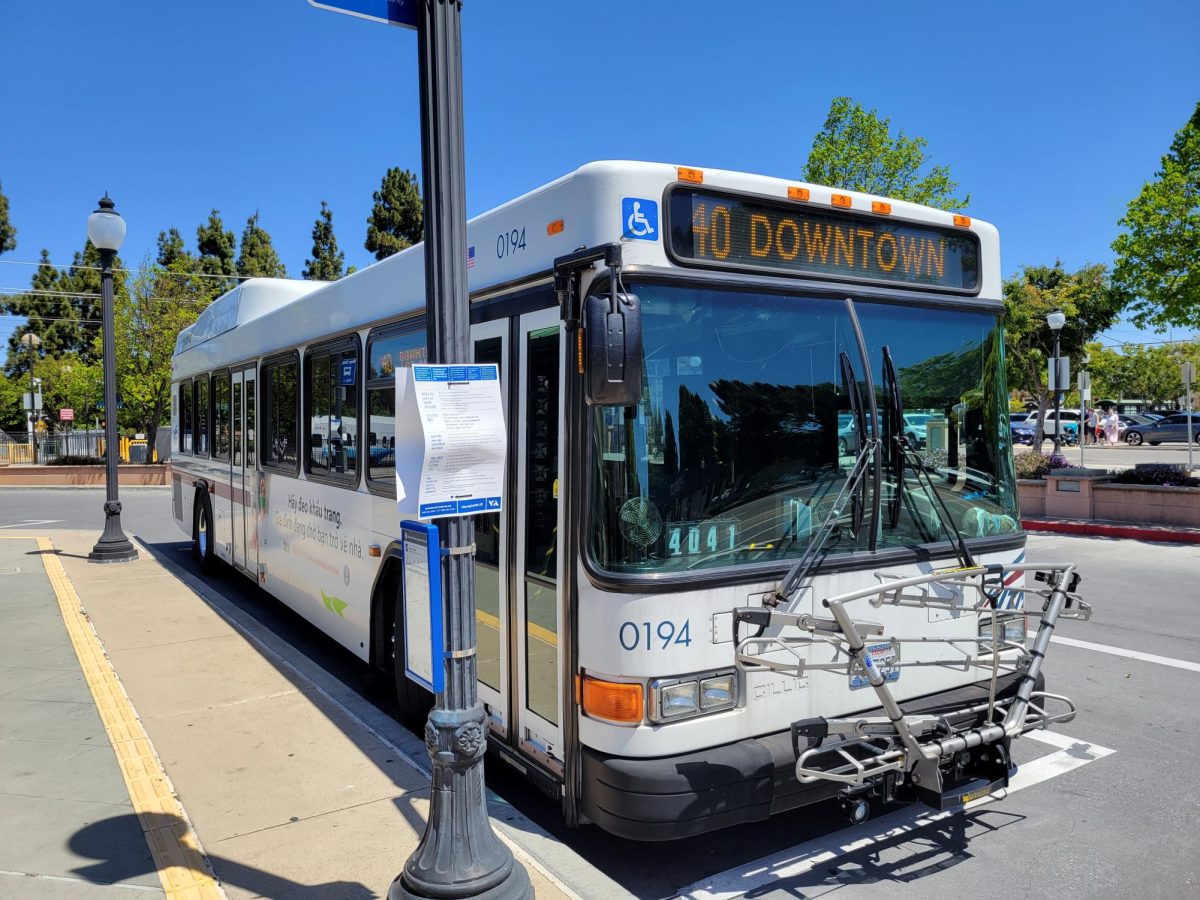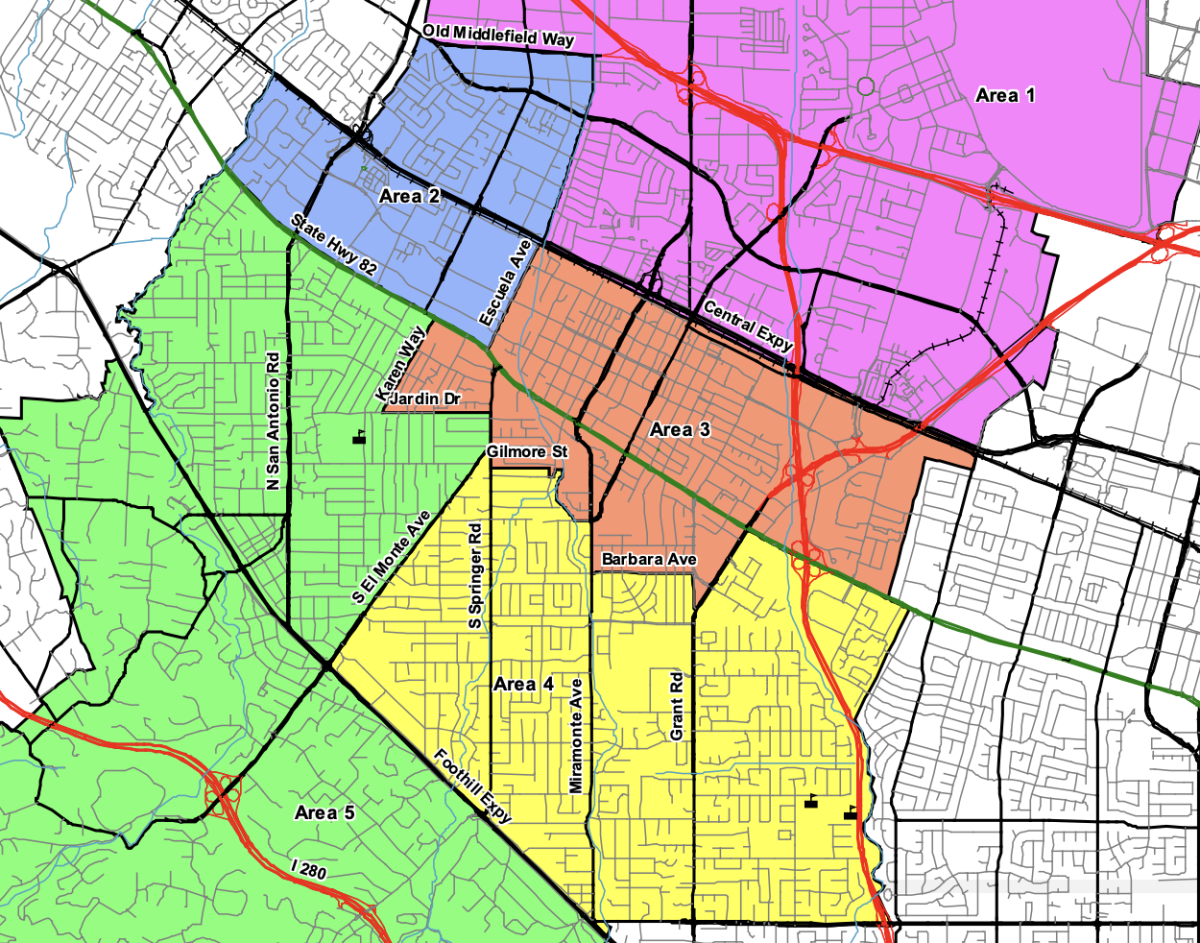Starting in the 2015-2016 school year, California school districts will be required to limit the amount of money they hold in reserve to six percent of their budget as long as certain conditions are satisfied. This change comes as a result of a bill related to the state budget, signed by Governor Jerry Brown on June 20.
Nearly all local school districts keep funding reserves, which are simply cash on hand used for a variety of purposes.
Some of the reserves are allocations to fund building projects for coming years, while the remaining unallocated reserves are kept to pay for unexpected costs and avoid funding shortages. For the Mountain View Los Altos (MVLA) district, having reserves allows the district to pay for the first half of the year without borrowing money, until its normal funding arrives.
“We get most of our property taxes in December,” former Associate Superintendent Joe White said. “There’s a whole set of [records]…that show that we’ve had to make temporary borrowings to be able to flow the money right.”
The cap is likely to have its greatest effect in the Bay Area. Because property values are high, many Bay Area districts, including MVLA, rely on local property taxes instead of receiving guaranteed funding from the state. These districts, referred to as “basic aid districts,” often keep much larger reserves, around 10 or 20 percent of their budget. This is due to unpredictable changes in property values, which can lead to reduced revenue and funding shortages.
“My assembly district [which includes MVLA]…has more basic aid districts than any other district in the state,” State Assemblyman Rich Gordon said.
Despite the cap’s passage, it is far from clear if districts will ever have to reduce their reserves because the budget includes numerous conditions that limit when it would apply. The cap will never take effect unless voters approve the rainy day fund in November. In addition, the state would have to increase funding for education and create new state education reserves before the limit can be imposed, including paying a massive seven billion dollar debt to California schools.
“We have a repayment schedule on the seven billion dollars…over the next seven years…until we pay that back, there’s no cap,” Gordon said.
Legislators and district officials expect the cap to be enforced at the county level, meaning that the county would refuse to approve a district’s budget if it was in violation of the six percent cap. However, the county is also allowed to grant exemptions for any district that can justify holding a larger reserve.
MVLA projects a budget reserve of around 23 to 24 percent for this school year, with nine percent already allocated to future projects such as construction or technology improvements.
After both the Senate and Assembly adopted versions of the budget, they met in conference to resolve differences between the bills and finalize the budget. The cap was added during the conference, surprising many lawmakers, including Gordon.
“When I heard about it, I spoke to a couple of my colleagues,” Gordon said. “We were all surprised, like ‘Where did this come from? What is this about?’…Two of us said [to the speaker of the assembly], ‘We don’t like this reserve thing’.”
The cap was added at Governor Brown’s request, and lawmakers, district officials and the press have speculated that the cap was meant to gain union support for his proposed ‘rainy day fund.’ The rainy day fund would have the state save money in case of an economic crisis.
Teachers unions were expected to come out against Brown’s rainy day fund, since it would have the state hold onto funds that might have been put towards education and increased salaries. Instead, they have supported the fund in return for Brown’s addition of the cap, claiming that the cap will force districts to spend taxpayers’ dollars instead of stashing them away.
“I think that the thinking [by teacher’s unions] was, ‘How do you pressure a district that’s sitting on a lot of reserves to not hold all that money and start putting it back into teacher salaries?” Gordon said.
However, opponents of the mea- sure call it irresponsible and say that it would make small districts unprepared for another crisis, because it would prevent them from holding necessary emergency funds.
“Think about your home budget,” Associate Superintendent Mike Mathiesen said. “Things happen, so I don’t want to live month to month… it’s always good to have money in your savings account, set aside.”
While the cap faced little opposition in conference, its future is uncertain now that the budget has passed, and legislators have less pressure to move quickly.
“Things get put in at the very end, because now it’s the law that the senators and legislators don’t get paid unless the budget’s passed,” Mathiesen said.
With the budget passed, however, the cap is likely to be a major issue for school boards and many legislators, who will attempt to repeal the cap before it takes effect.
“It sounds like the legislators, while they support the governor, have some questions about it,” Mathiesen said. “It remains to be seen what will actually play out of that because [there are] a lot of concerns by education agencies statewide.”








